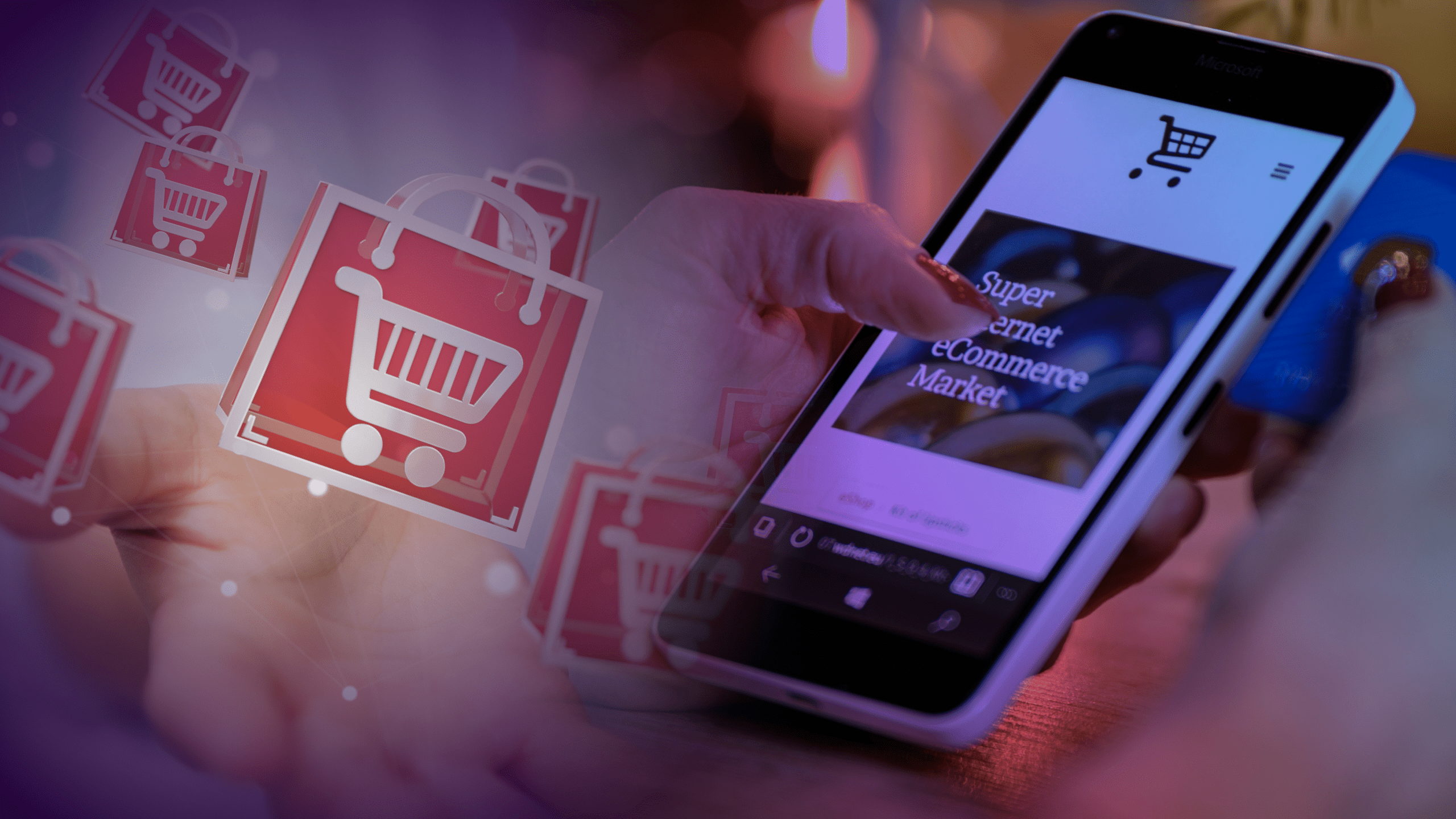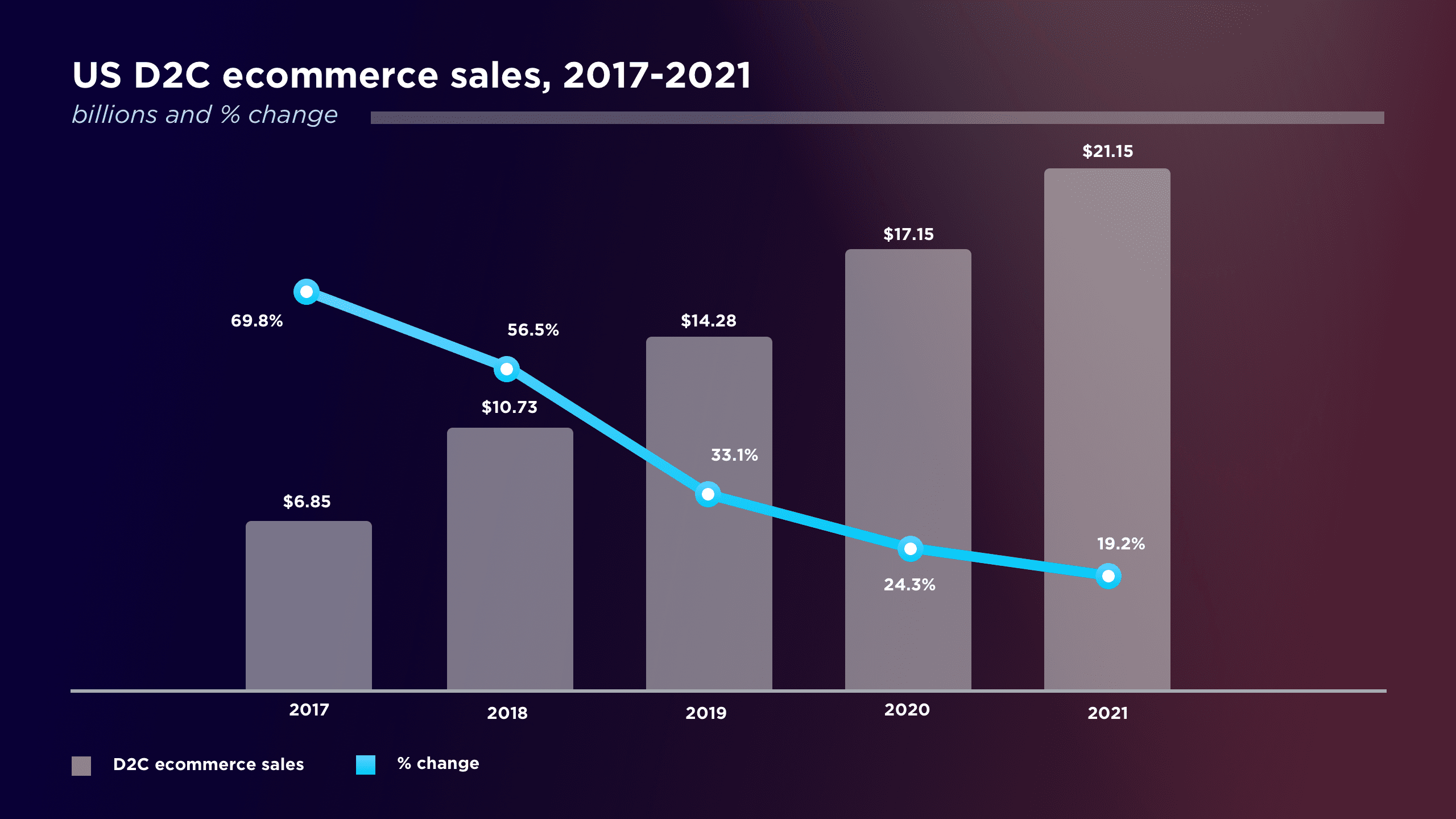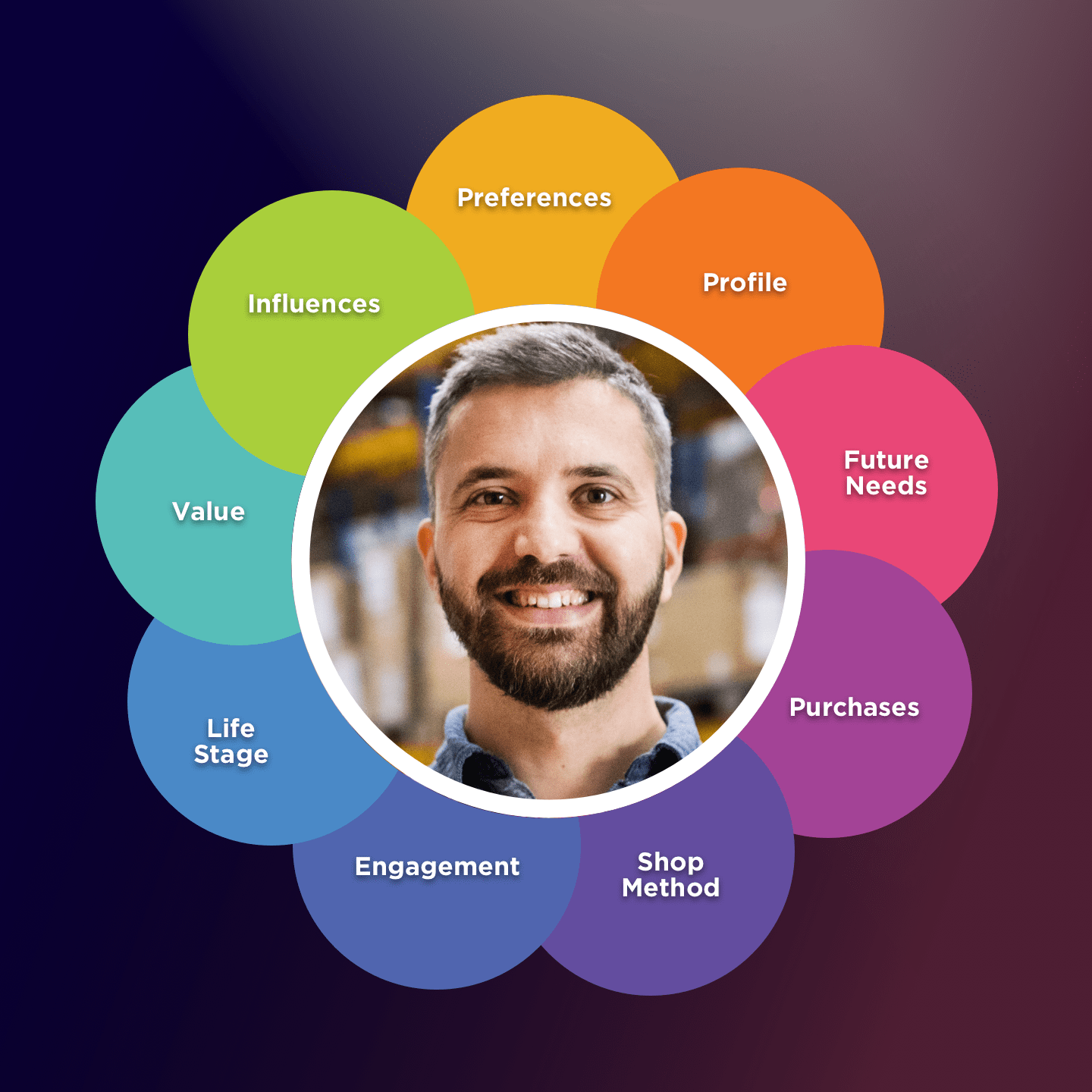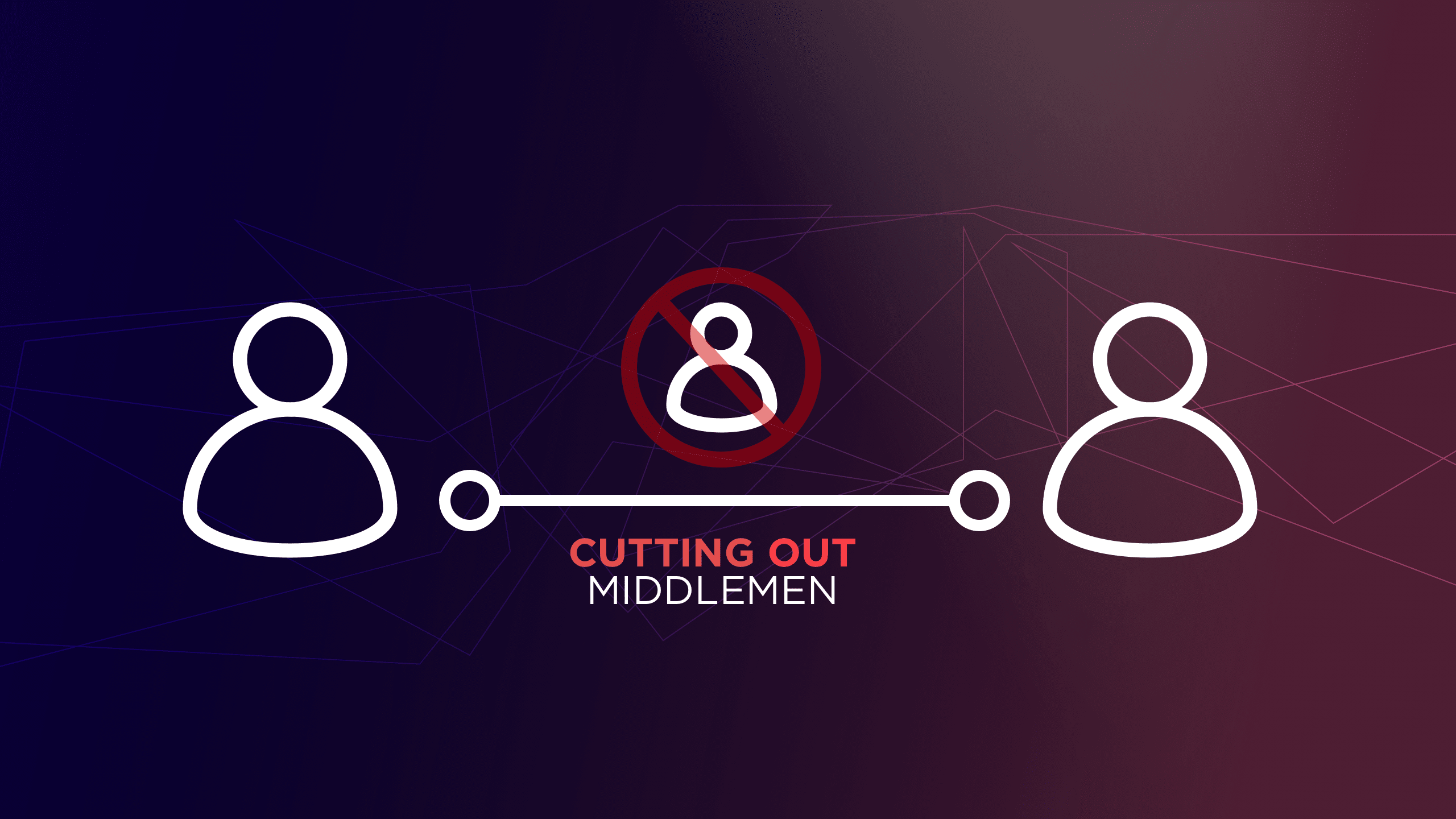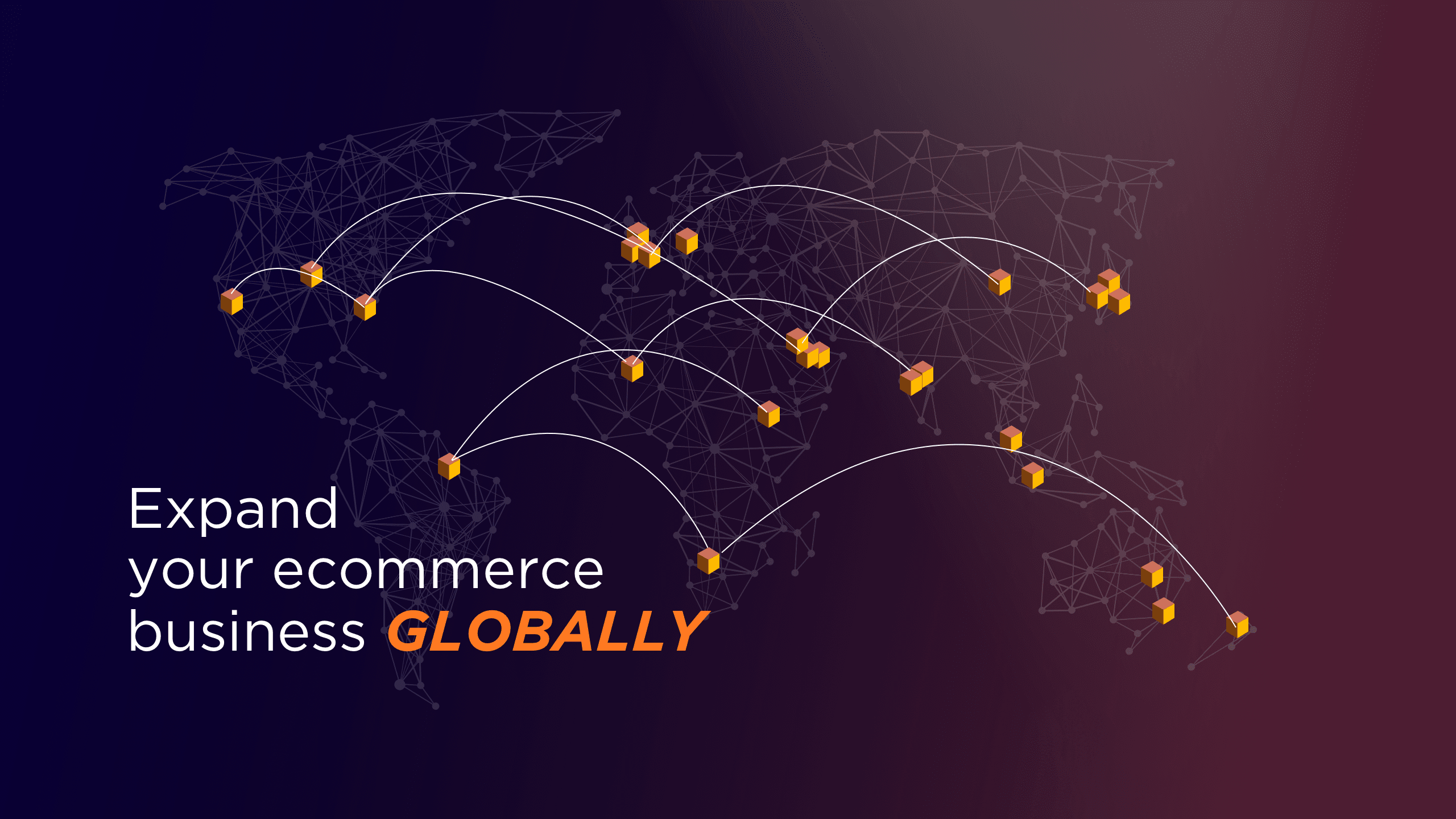The big buzzword of the decade has got to be data. When the untapped potentials of great data were first discovered, experts started calling it the new oil, implying that it is now the most precious resource. And then when the usage of data became more mainstream, where corporations started mining and getting access to piles of data, people started calling it the new soil, insinuating that if all this data isn’t regularly nurtured and optimally used, it would be rendered useless.
But amidst all this hype, all the clutter, and all the buzz around this four-letter word, data is just a bunch of numbers and statistics collected for reference and analysis. Basically, it is just what you, your company, your government, or your country make of it. So how can retailers make the most of it?
Before assessing the use cases, it is paramount to understand the different types of data retailers have access to today. Broadly, it is structured and unstructured. Log files, excel spreadsheets with point-of-sale figures, hierarchies, and inventory data are rich sources of structured data; and information that is derived from in-store sensors, customer reviews, social media posts and hashtags, and even conversations between the store staff and customers serve as unstructured data. While the former sits on well-organized databases for retailers to access, giving them operational robustness, unstructured data gathered from social media and personal interactions helps retailers achieve unprecedented value and gain a competitive advantage. However, the very nature of unstructured data makes the process of obtaining, analyzing and making sense of it rather difficult.

In fact, according to a survey by Deloitte, only 18% of organizations reported being able to take advantage of such data. However, harnessing this data isn’t rocket science (not anymore, at least) as there are a number of tools at a retailer’s disposal today that makes this process convenient and efficient. At DataWeave, we help retailers and brands make sense of unstructured data. Read more about our tech here.
Unstructured data is also qualitative, rather than being quantitative, which in turn makes its use cases more effective, giving businesses a competitive edge. How? Glad you asked!
Customer Behaviour Analytics
What motivates a customer to buy more, or spend more time in a store or online? What is the best time to reach them and where (in an omnichannel world) would they like to be reached? Million-dollar questions, right? Big data gives you insights into this and more, which will then help improve customer acquisition and loyalty.
UK-based home retailer Argos uses data to find out exactly how consumers felt about them. After having embarked on an ambitious project of opening 53 new digital stores a few years back, Argos invested in tools that helped them analyze data received from various social media sites based on the demographics and location to assess the performance of each store and identify rooms for improvement. This helped them understand which stores were perceived more favorably and in which areas, quickly identify issues in-store, action feedback, and find resolutions to increase customer satisfaction.
Want to know customer sentiment against your product? Our Sentiment Analysis solution can help! Access in-depth insights sourced from customer opinions with our constantly evolving algorithm.
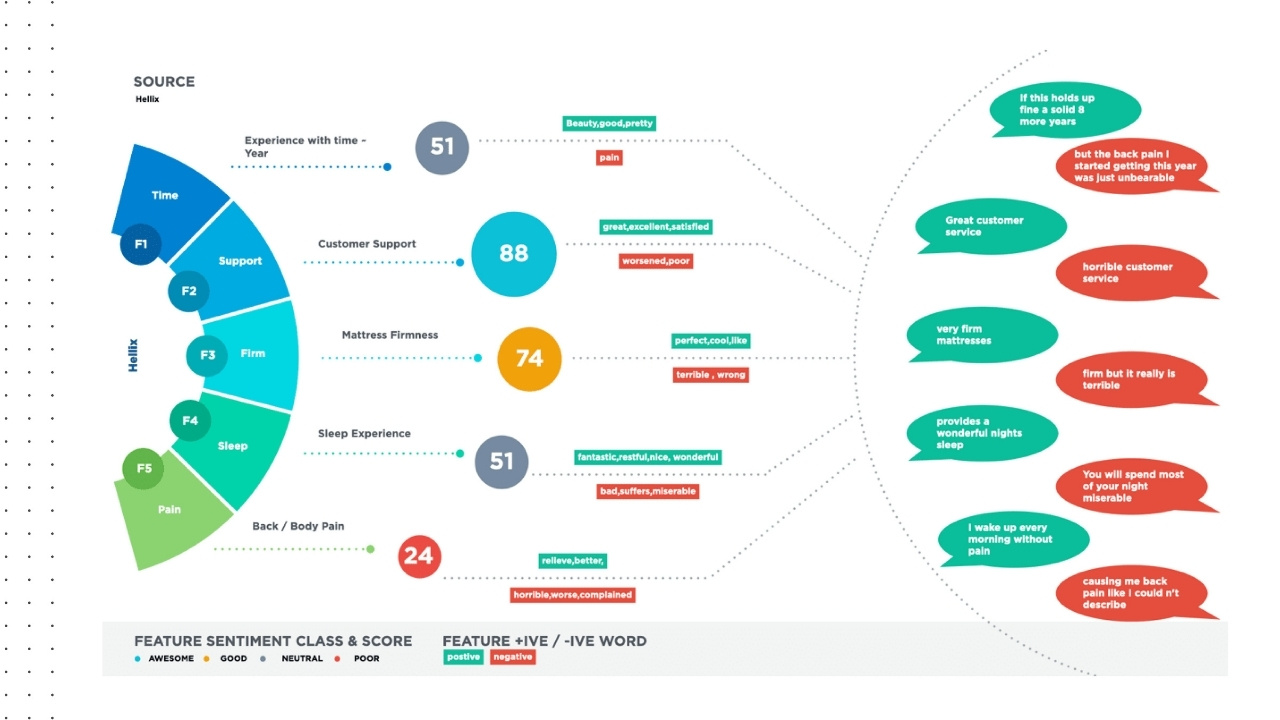
Personalization and hyper-personalization
The fact that customers are interacting with retailers on multiple platforms today gives retailers access to a wealth of information about their individual customers that could help them tailor their products, offerings, services and communication to these individuals. According to a study conducted by BCG and commissioned by Google, customers increasingly prefer a shopping experience that’s easy and fast and that helps them make purchase decisions.
Target’s popular pregnancy prediction score based on purchase and purchase volume of about 25 different products in-store, such as unscented lotion, large amounts of calcium, magnesium, and zinc, serves as a great example of how they use this information to then target advertising (e.g sending a booklet of coupons related for baby products) to this cohort of their customers. This algorithm got the international limelight when Target started sending such coupons to the irate father of a teenager who had no idea that his daughter was pregnant. Basically, the retailer knew about the man’s daughter’s pregnancy even before he did!
Operations and supply chain
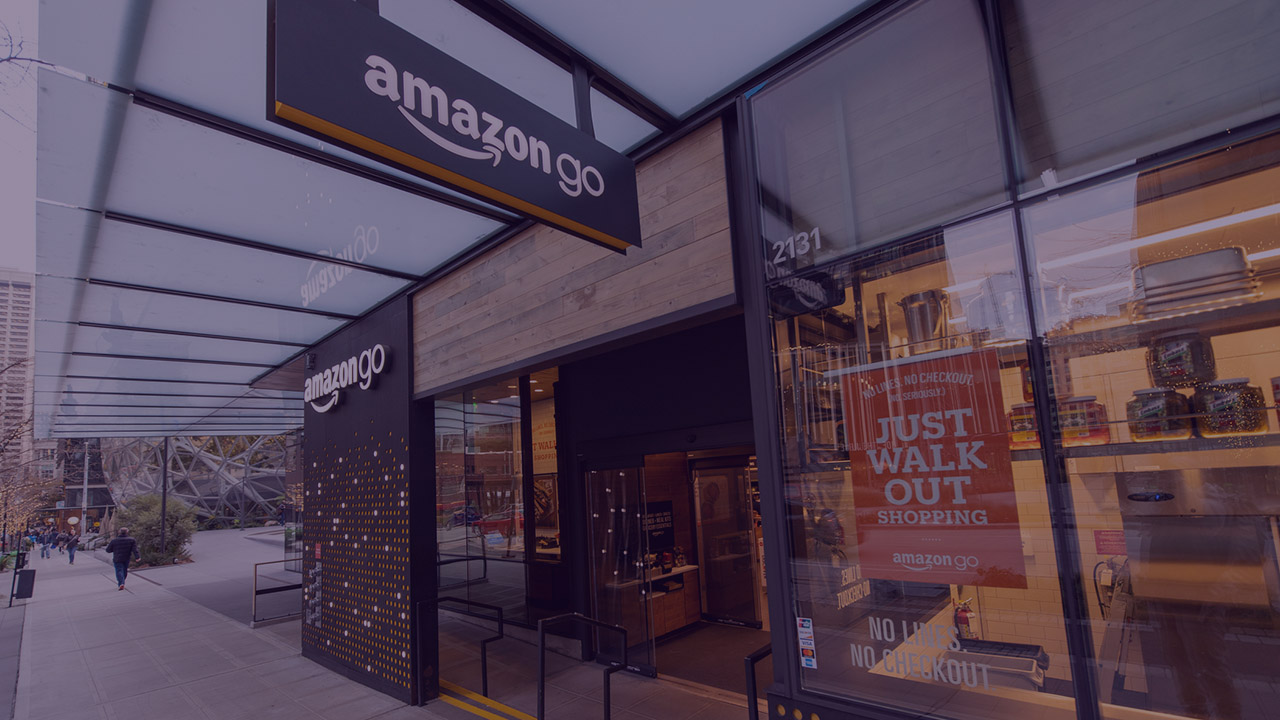
A healthy mix of structured and unstructured data is key today in achieving operational excellence. Faster product life cycles and ever-complex operations cause organizations to use big data in retail analytics to understand supply chains and product distribution to reduce costs. Combining that with CRM, ERPs, and other log file data can help in real-time delivery management, improved order picking, and overall supply chain efficiency to reduce costs.
Amazon Go, the checkout-free convenience store by Amazon uses AI-powered cameras, computer vision, and sensors to facilitate grab-and-go systems. Now, the store wholly relies on structured and unstructured data in order to function. The sophisticated automated system makes ordering and restocking highly efficient, given that the cameras can track inventory in real-time. The system knows how many picks-per-hour each stocker is completing and exactly when items go out of stock.
The fact that data enables prediction and forecasts can help cater to a prospective rise in demand by managing the supply chain in advance. For example, if a pharmaceutical company analyzed social media content and determined that people in specific geographical areas were discussing cold and flu symptoms, that could give them a heads-up that demand for products to treat those conditions is on the rise.
Price and cost optimization
Machine learning algorithms are not only designed to learn, but over time they get better at finding the optimal price points for retailers. Retailers can use machine learning models to set prices against sales targets. According to an IBM study, 73 percent of companies surveyed plan to optimize their pricing and promotions through smart automation before the end of 2021.
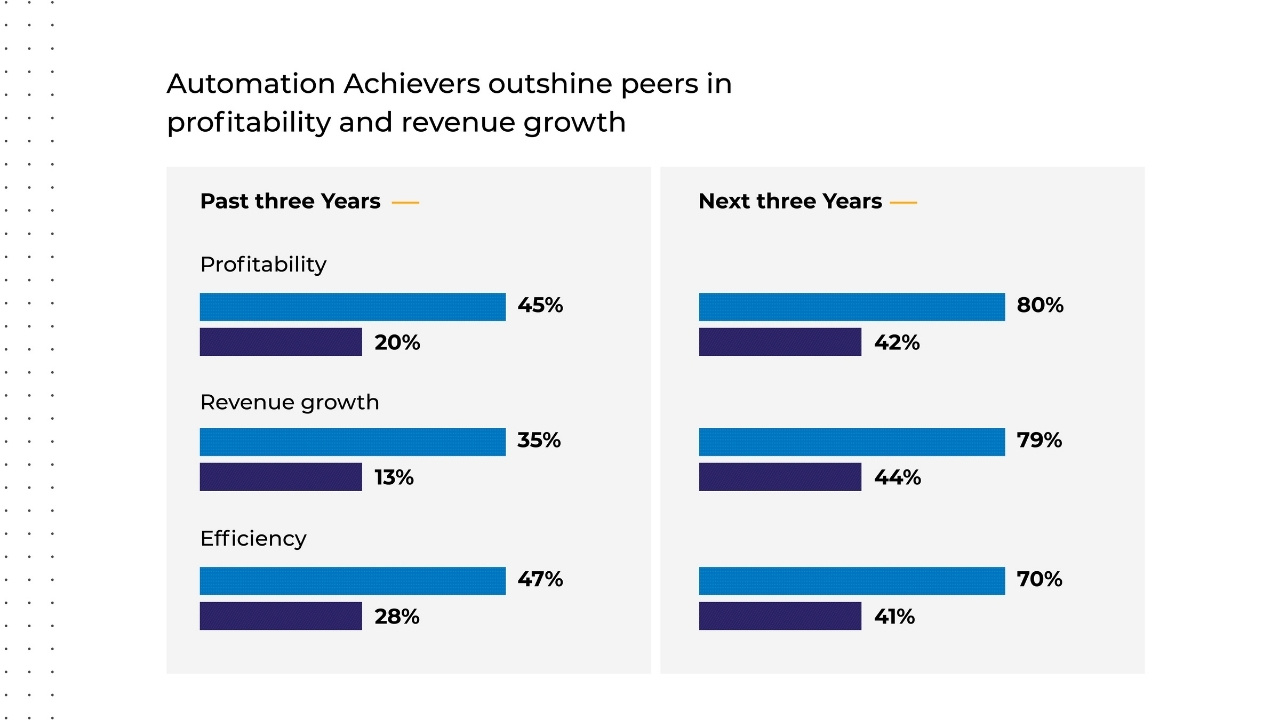
Walmart has shrewdly utilized powerful proprietary algorithms to make their offers nearly impossible to beat over the last few years. It still reigns in offering the best price match policy for their customers. This strategy has helped it gain a lot of trust, good publicity, and enabled retention of customers. But how do you optimize what you charge without pricing yourself out? That is where data comes into play. You need real-time monitoring across thousands of stock-keeping units (SKUs) to identify key value categories and items. With proper data analytics in your pocket, you can ask and answer the following important questions: Which items’ prices matter most? Which items have the biggest pull on price perception? What pricing strategies are competitors adopting, and how can you match them? And which items can you afford to reduce in price to win loyalty and boost that very perception?
Learn more about how DataWeave can help retailers make smarter pricing decisions.

Every company uses data to achieve its own personal goals and objectives, but what makes one retailer better than the other is how they use both structured and unstructured data to provide a seamless experience and shopping journey to customers in a way that is effortless, non-intrusive, and innovative. So use your structured data and also find a way, use the tools, and leverage the power of technology to structure your unstructured big data. In today’s competitive retail landscape where retailers – both online and offline – are leveraging cutting edge technologies to deliver close-to-perfect products and services, and innovative concepts, it is only the ability to harness all forms of structured and unstructured data that will result in achieving your ever-evolving customer engagement and experience goals.
Want to learn how DataWeave can help make sense of your unstructured data? Sign up for a demo with our team to know more.

